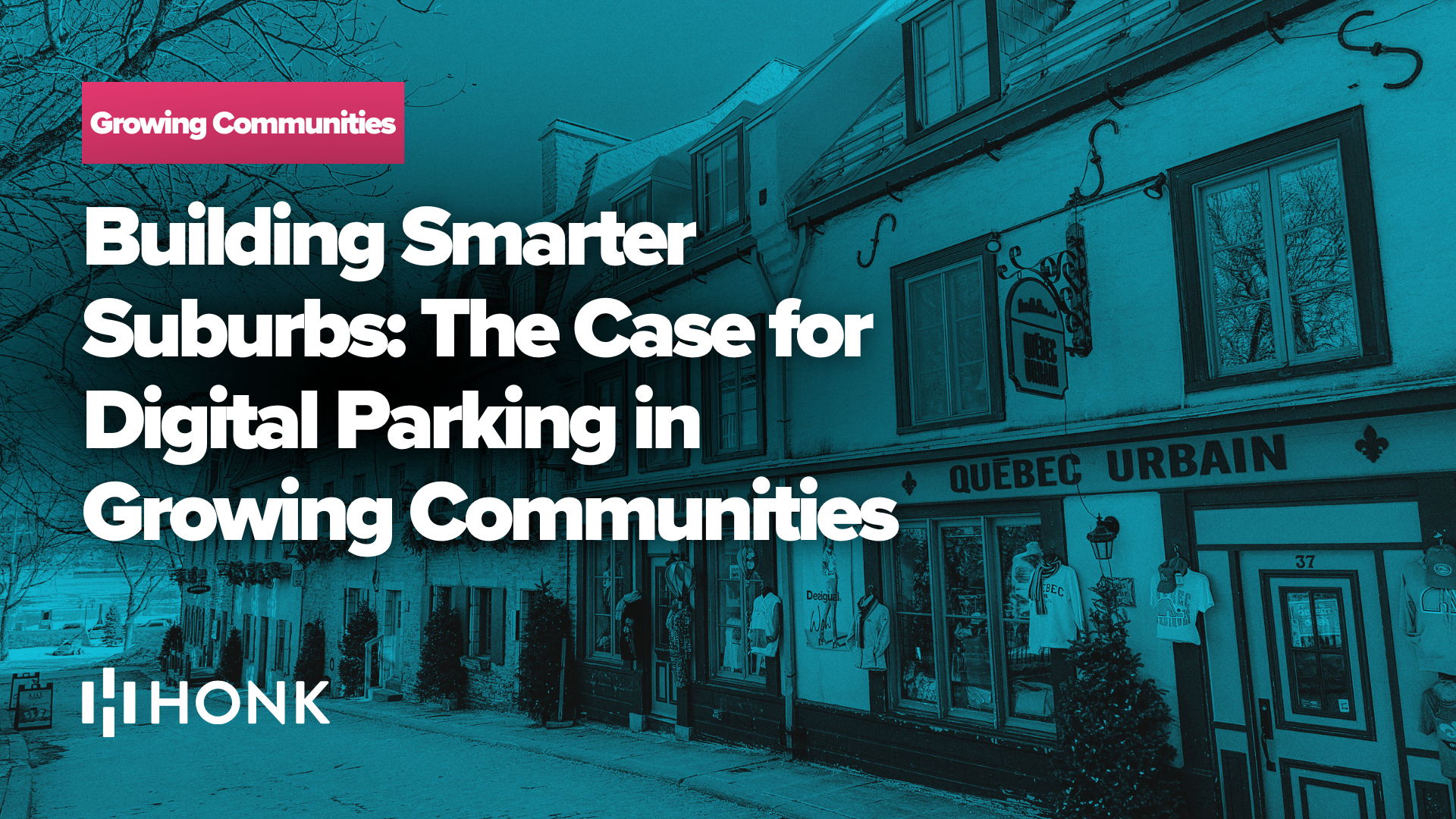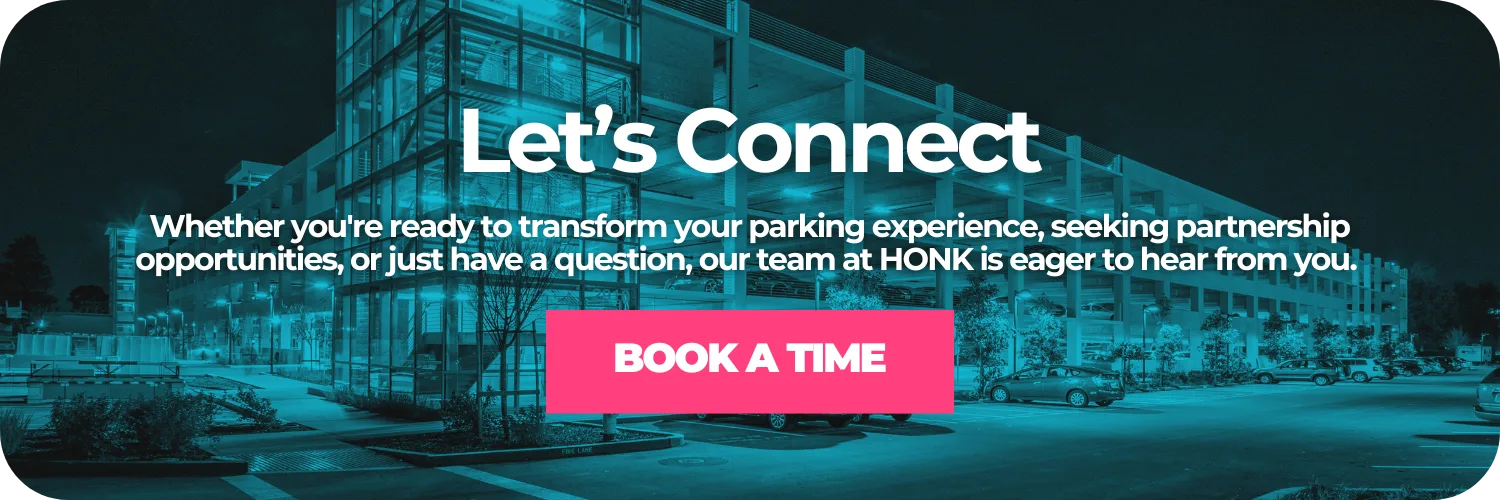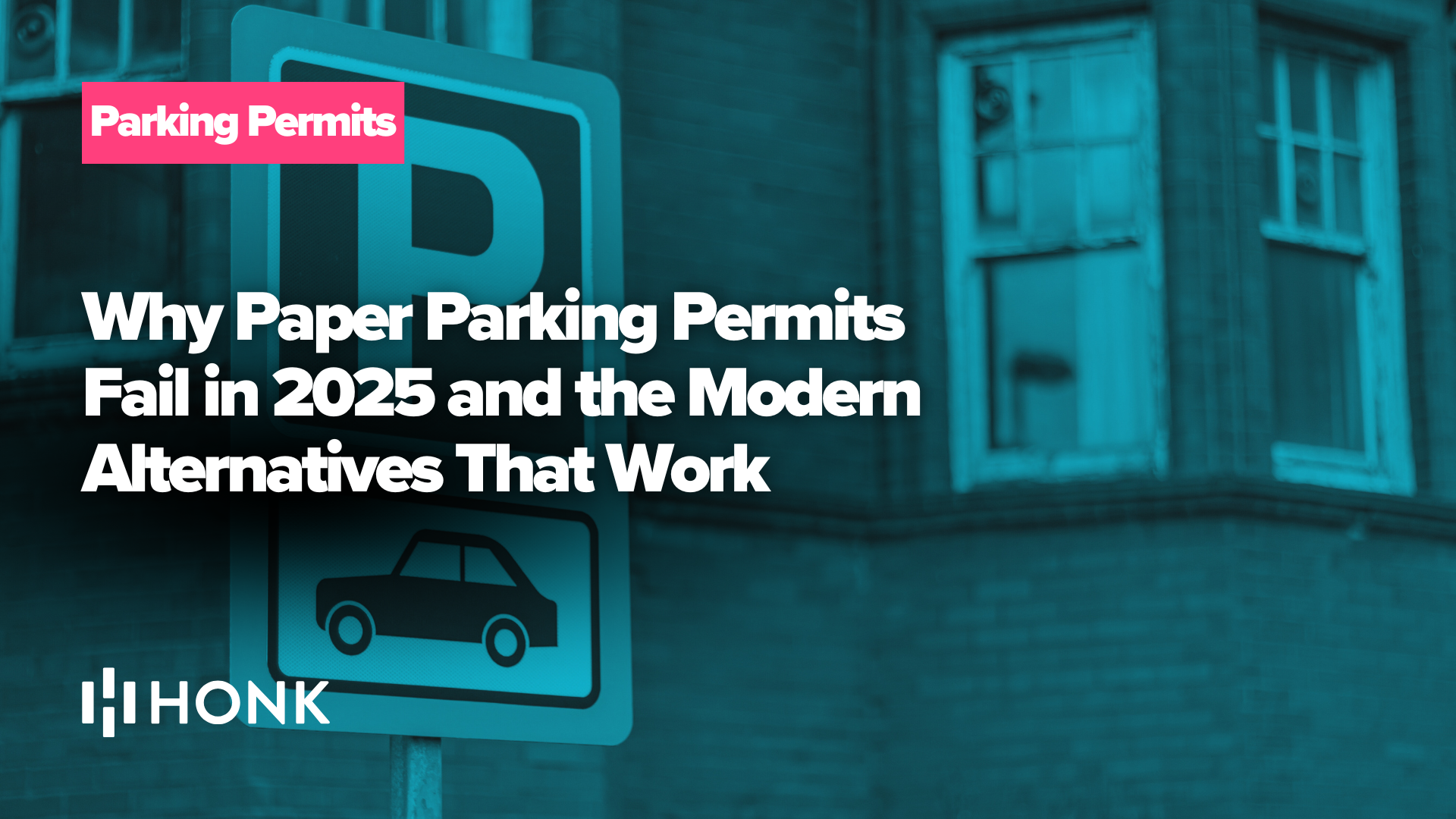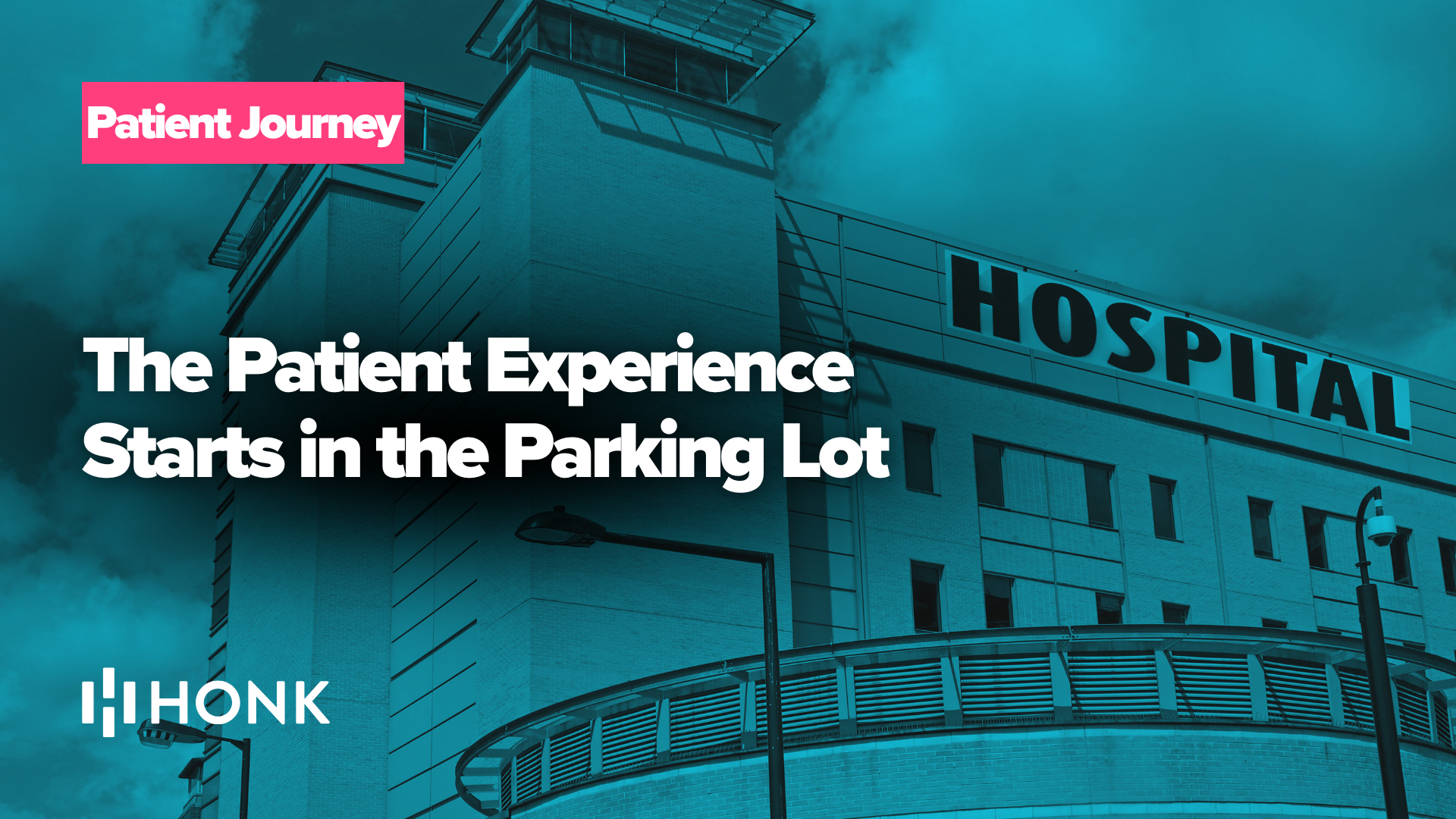In today’s fast-paced world, efficiency is key—especially when it comes to parking management. Whether you’re a private parking lot operator, a municipal parking authority, or overseeing parking at a large event, the need for an optimized and user-friendly parking experience is more critical than ever. A digital parking program can help streamline your operations, improve your revenue management, and enhance customer satisfaction—all while reducing overhead costs.
But how do you make the transition to digital parking? What if you need to launch a new program in under 30 days? It’s not only possible, it’s practical. With the right tools, strategies, and partners, launching a digital parking program can be done swiftly and effectively. Here’s how you can make it happen in 30 days or less.
1. Define Your Parking Goals
Before you dive into implementing digital parking solutions, it’s crucial to define your goals. What are you hoping to achieve with your parking program? These goals will guide your strategy and help ensure that you choose the right digital parking management system. Some common goals for parking operators include:
- Increasing parking revenue by optimizing pricing and occupancy.
- Streamlining parking operations with minimal manual intervention.
- Improving customer satisfaction by providing a seamless, easy-to-use parking experience.
- Reducing operational overhead through automation and real-time data analytics.
By establishing clear goals, you’ll have a roadmap that ensures your program aligns with your business objectives.
2. Choose the Right Digital Parking Software
The next step in launching your digital parking program is selecting the right software. When it comes to digital parking management, not all solutions are created equal. To ensure success, look for a platform that offers comprehensive features such as:
- Mobile Parking Management: A mobile-first approach is essential. With the right mobile app, customers can pay for parking, receive real-time space availability updates, and even manage their parking sessions from their smartphones.
- Parking Revenue Management: Implementing dynamic parking pricing based on demand can increase your revenue significantly. This software should allow you to easily adjust pricing in real-time based on demand, events, or other factors.
- Cloud-Based Parking Management: Cloud technology offers flexibility, scalability, and easy integration with existing systems. A cloud-based solution ensures your system is always up-to-date and accessible from anywhere.
- Parking Access Control: Digital access control, including license plate recognition (LPR) or QR codes, ensures that only authorized vehicles can park in your facility. This reduces fraud and improves security.
A solution like HONK offers all of these features and more. With HONK Mobile Parking and the HONK App, you can manage your parking operations from anywhere, automate payments, and integrate seamlessly with other systems to streamline your parking process.
3. Integrate Payment Systems
Once you’ve selected your parking management software, the next critical step is integrating a reliable digital payment system. Cashless payments not only make the parking experience more convenient for your customers, but they also help reduce overhead costs by eliminating the need for physical cash handling.
Consider integrating touchless parking payments and seamless payment solutions via mobile apps. These payment systems should be user-friendly, secure, and compatible with your parking management software. The HONK mobile app offers exactly that, allowing parkers to easily pay for parking from their phones without the need for interaction with a payment kiosk or attendant.
Additionally, make sure to offer a variety of payment methods—credit cards, debit cards, and digital wallets like Apple Pay—to accommodate all user preferences.
4. Optimize Parking Space Management
To maximize your parking revenue and improve customer satisfaction, optimizing the available parking spaces is essential. Real-time parking analytics can help you monitor occupancy rates, spot availability, and even predict demand based on historical data. This helps you adjust pricing and parking capacity accordingly, maximizing your profits and ensuring efficient use of your lot.
Integrating parking space optimization and real-time parking analytics can help you manage your parking resources more effectively. If you’re managing a high-demand area, such as a stadium parking lot or event parking, having an automated system that tracks space availability in real-time is invaluable. These features will help you maximize occupancy and reduce any wasted space, ultimately increasing your revenue potential.
5. Automate Parking Enforcement
Gone are the days of manually monitoring parking lots for compliance. With parking enforcement software, you can automate the enforcement process and ensure that vehicles are parked in the correct spots without the need for constant supervision. License plate recognition technology can automatically issue citations to vehicles parked in unauthorized spaces, saving you time and reducing the need for human intervention.
HONK’s digital enforcement solutions offer automated ticketing and reporting, reducing the workload for your team and improving overall operational efficiency. By automating parking enforcement, you can focus your resources on more important tasks, like enhancing the customer experience.
6. Implement a Customer-Friendly Parking Experience
A great digital parking program isn’t just about streamlining operations—it’s also about delivering an exceptional customer experience. Make sure your program includes the following features:
- Real-time parking availability: Customers should be able to see which parking spaces are open before they arrive, reducing frustration and time spent circling the lot.
- Easy-to-use parking apps: Your customers should be able to find, reserve, and pay for parking with ease. A mobile-first experience is key for a seamless interaction.
- Incentives for loyalty: Offer discounts or rewards for frequent parkers to boost customer retention and satisfaction. This could be in the form of loyalty programs or reduced rates for regular users.
HONK’s mobile parking management system allows you to offer customers a frictionless parking experience, from finding an available spot to making a quick payment—all from their smartphones. By improving the overall customer experience, you increase satisfaction and the likelihood of repeat business.
7. Monitor and Adjust Your Program
Once your digital parking program is up and running, it’s time to monitor its performance and adjust as necessary. Using the analytics provided by your parking management software, you can track:
- Revenue performance: Are you hitting your parking revenue targets? How does your dynamic pricing model affect your bottom line?
- Occupancy rates: Are your parking spaces being used efficiently, or are there times when you have a lot of vacant spaces?
- Customer satisfaction: Are customers happy with the parking experience? Are they engaging with your loyalty programs?
By leveraging real-time parking analytics and parking data management, you can make data-driven decisions that continually improve your program and ensure its long-term success.





